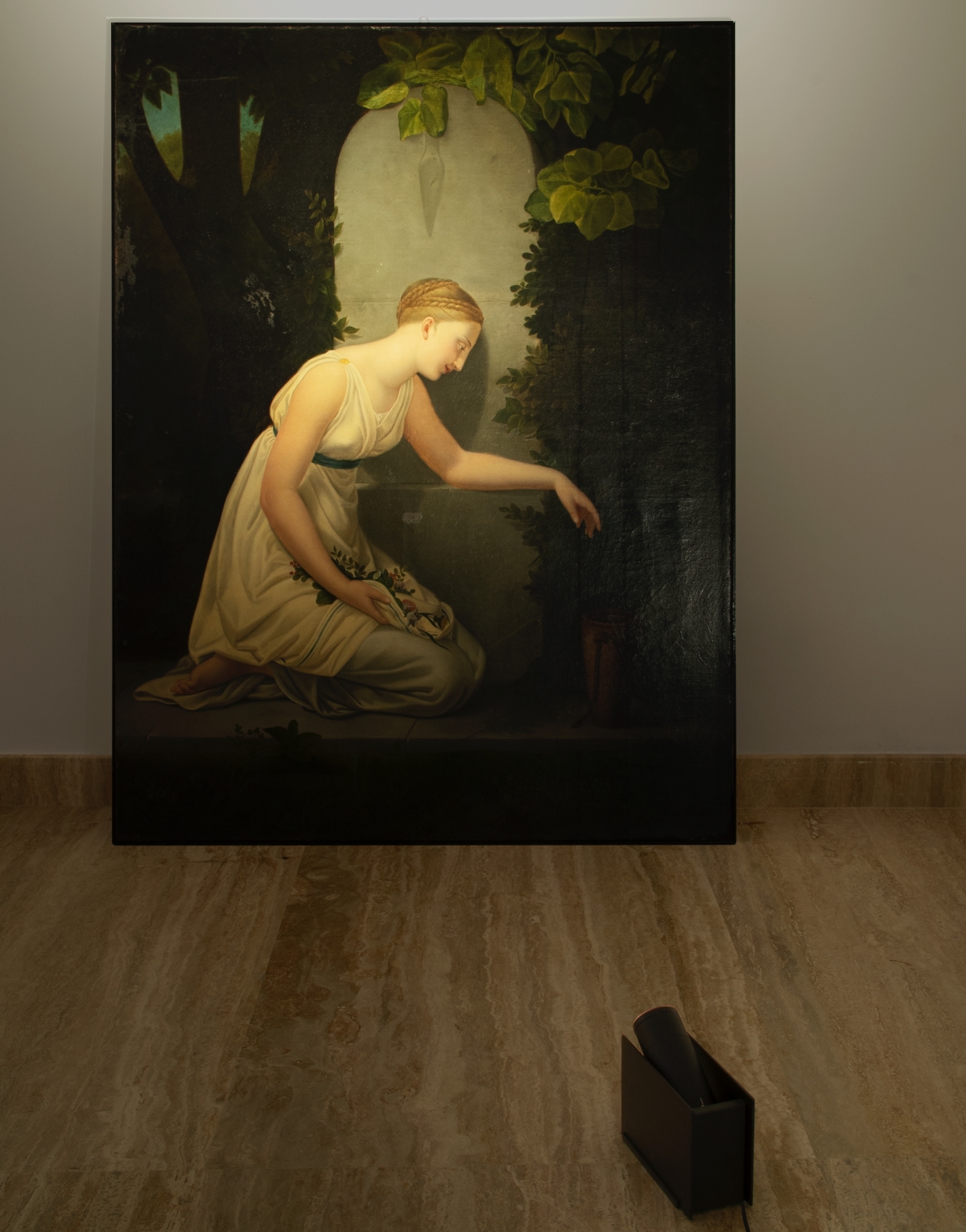The story of Nemo starts long ago. The company’s catalogue contains signatures that are found in history books: from Le Corbusier to Vico Magistretti, Charlotte Perriand to Franco Albini. Since 2012, Federico Palazzari is the owner and CEO of the firm, which over time has taken on a distinctive character and a very recognizable personality.

Is Nemo an ambitious company?
If we see ambition as a positive quality, then the answer is yes, we’re ambitious and our aim is to make good light. Light isn’t actually seen, what we see are its effects, what is lit. Enhancing an object or a room with light is a thrilling process, and indeed a very ambitious one.

Nemo is known as a producer of technical, lightweight, essential lighting fixtures, closely linked to the world of design, and especially to museums. Is that a correct description?
The museum approach links technique and culture, taste and aesthetics: there are only a few companies in the world that are chosen by museums to light the spaces and the works of art. Nemo is one of them, and with the birth of Nemo Studio (following the acquisition in 2020 of Ilti Luce) our expertise in this area has expanded, with the important contribution of Ilti.

Are you moving on now, from the museum to the home?
In either case there are works of art, and I do not only mean valuable paintings, but also objects that belong to the world of the people who inhabit the house: a photograph, a portrait, a drawing. These objects become more beautiful if you can see them properly, everything around you takes on aesthetic intensity, and makes you feel well. The domestic world has enormous potential for lighting. The sensitivity regarding how to light a painting is practically nil. The hospitality sector is a bit more aware, but not very. It is possible and interesting to transfer our vision of the museum to the domestic sphere and to hospitality, in a tactful way, relying on technology and design.

For example?
We have created a collection of lighting fixtures that are made to enhance artworks in the home, without having to utilize the usual infrastructure found in museums. We are just at the beginning of this exercise, but we think we’re on the right track, working for the eyes of people, trying to make life simpler, offering them real substance. Plint sums up all these characteristics: it can be used with a dimmer, it has a zoom function, for absolute ease of use and positioning, all at a very affordable price. Plint responds to a need that is not always obvious and not always expressed, but when it is in action the difference is amazing.

Let’s talk about the world of design, and your role.
In our work, almost every time we have to perform a maieutic operation on light. The path towards awareness on the part of clients or professionals is very slow at times, but that doesn’t scare us, because we are used to also communicating the basic elements of technical lighting.

Is this true wherever you go?
No. There are peoples – especially in northern Europe – that have a historic sensibility in this area. The figure of the lighting designer began in English-speaking countries, and they are still ahead of the others in terms of service, in that geographical area. Italian lighting culture is limited… abroad, if you are furnishing a house larger than 100 sqm you call in a lighting designer, it’s normal.

Are there designers who have surprised you with their ability and expertise?
I greatly admire them all: it is a difficult job, you cannot show the results first, no rendering can do the trick. They are very well-trained and passionate people, and they always surprise me. I’ll mention just one case, Bruther, a very conceptual duo of French architects. You may not hear them mentioned every day, but they have great refinement and a natural aptitude when it comes to the subject of light. The cycles of fame connected with architects are tending to rapidly shorten, and when I think about contacting a certain name I often realize that their creative curve is in a descending phase, so I look elsewhere. I have a certain difficulty in relating to young Italian designers, who usually arrive with renderings: I don’t look at renders, I think they are a contrived and artificial version of creativity… I want to see a drawing made by hand.
This is Nemo, a road traced with very marked boundaries, a clear strategic line with a range of action that can be seen… because it has been properly lighted.







